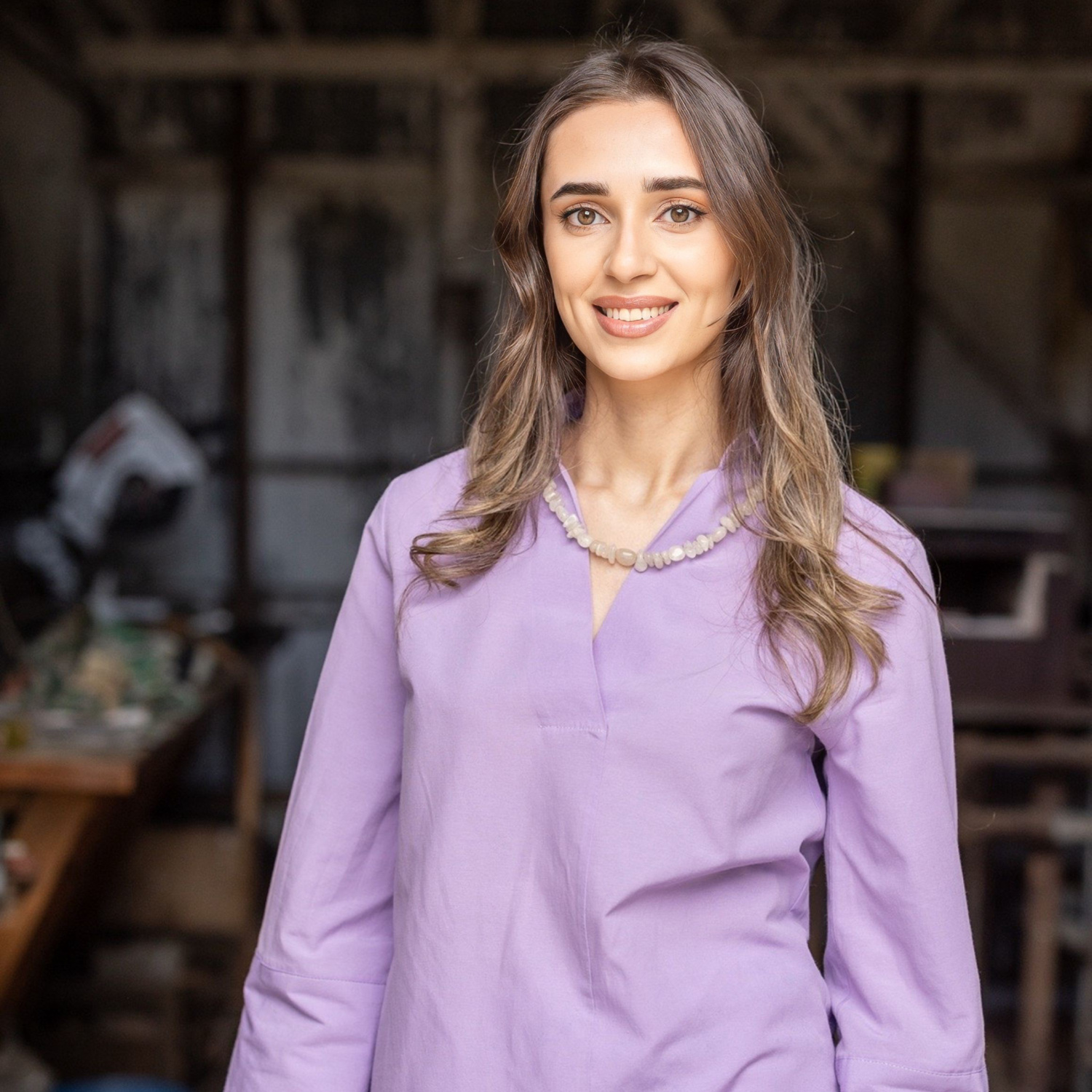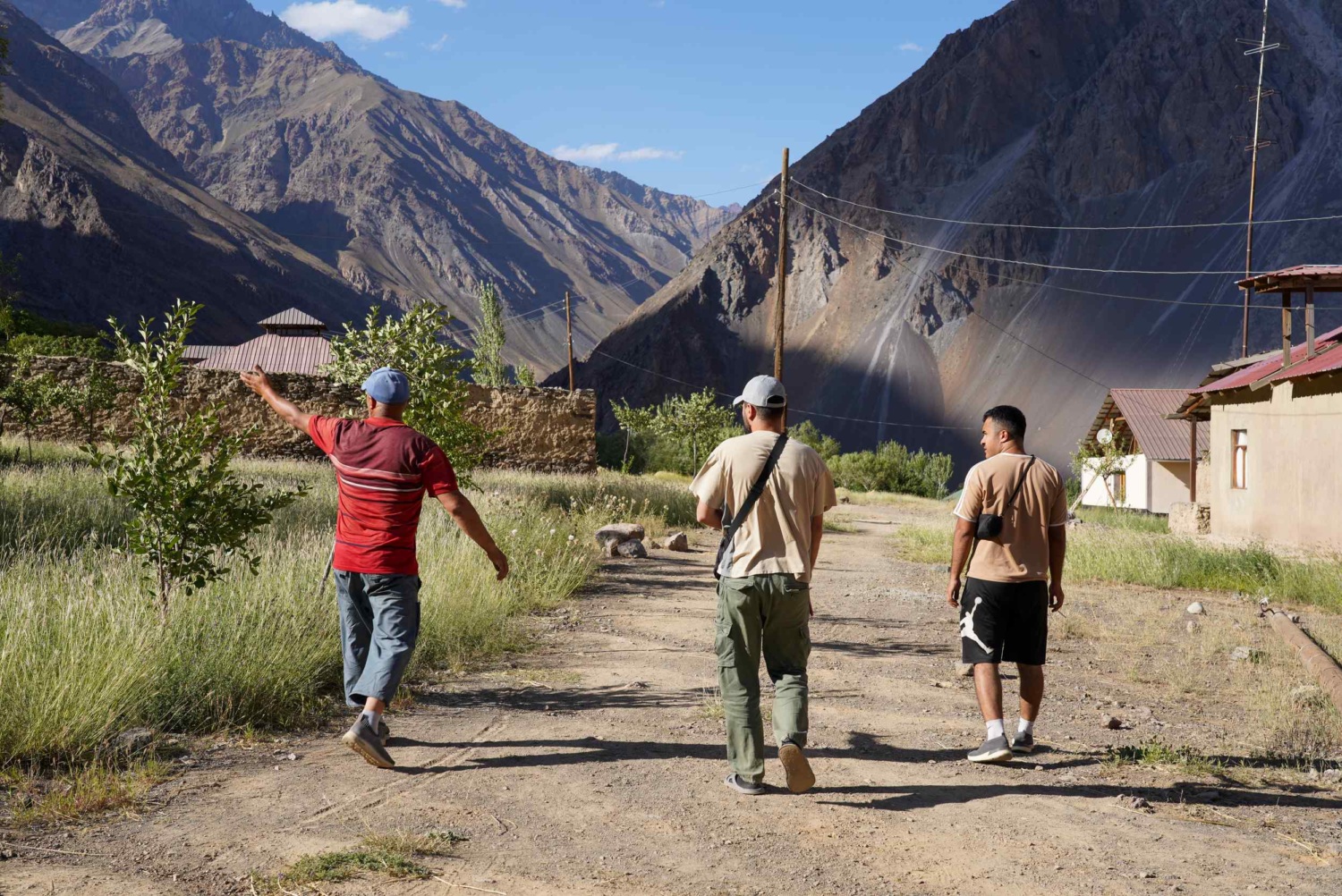This year’s Climate Week in New York was a reminder of how much wisdom already exists and how often it’s overlooked.
It was energizing to see people from across sectors come together, sharing ideas, building partnerships, and reaffirming their commitment to tackling the climate crisis. Gatherings like this play an important role in raising awareness and mobilizing global action, and I left deeply inspired by the passion in the room.
Yet, amid the inspiring conversations, I couldn’t help but notice a striking gap, both in representation and in how resources flow. While Indigenous Peoples represent only 5% of the world’s population, they steward at least 37% of the planet’s remaining intact and thriving ecosystems. Their relationship with the land built on reciprocity, respect, and continuity, offers precisely the kind of solutions our world urgently needs.
But despite their proven leadership in protecting forests and biodiversity, reports, including a 2021 study by the Rainforest Foundation Norway and a 2025 UN News article, show that Indigenous Peoples receive less than 1% of global climate funding directly.
This imbalance is more than a statistic it was visible throughout the week. Few Indigenous voices were actually present in these spaces. I met people who are deeply engaged in community-led environmental work, yet so many of the people truly at the forefront of climate action, those living with and protecting nature every day, weren’t in the room. Many organizations speak for Indigenous communities, but far fewer include them directly in decision-making.

That’s what makes Home Planet Fund’s model so unique. Approaches like Home Planet Fund’s model built on direct, trust-based partnerships with Indigenous Peoples and Local Communities, are still rare, yet they show what meaningful climate action can look like. HPF’s approach demonstrates what equitable climate action truly looks like: resourcing communities to continue the work they’ve done for generations, caring for their lands, their ecosystems, and their future.
The truth is, the solutions already exist. They’ve been lived, tested, and proven for centuries. The challenge isn’t a lack of innovation, it’s a lack of investment. Indigenous-led climate and biodiversity solutions are dramatically underfunded, even though investing in them is one of the fastest, most effective ways to restore balance to our planet.
Leaving Climate Week, I felt both urgency and hope. Urgency to shift global funding patterns and ensure Indigenous peoples are not just acknowledged but fully supported and hope that more people are beginning to understand a simple truth:
The solutions are there. They’ve always been there. It’s time the world starts investing where the real impact already exists.
